Moving from word processing to data management and AI
Plan No. 02-KH/BCĐTW of the Central Steering Committee on Science , Technology, Innovation and Digital Transformation, issued in early 2025, marks an important shift in public administration thinking. Not just a technical orientation, this plan sets out a new approach: Shifting from document-based administrative management to a data- and artificial intelligence-based governance model.
For many years, administrative activities have operated in a traditional model, based on paper-based document processing and file circulation through multiple approval levels. This approach creates large delays in processing work, requires large resources for document, storage and cross-checking, and limits the ability to exploit data for decision-making.
Plan 02 sets out a fundamental shift when it requires "promoting digital transformation that is interconnected, synchronous, fast, efficient, and data-centric". This means shifting the management focus from text to data, from manual file processing to operating on a digital platform. Data is required to be standardized, shared, and integrated so that agencies can access, exploit, and analyze in real time. When data becomes the backbone of operations, the apparatus is capable of forecasting, monitoring, and making decisions based on evidence instead of depending on manual reporting chains as before. This is the foundation for restructuring the entire process, reducing intermediate steps, and increasing transparency.

Promote digital transformation that is interconnected, synchronous, fast, efficient, and data-centric.
In particular, the inclusion of AI, big data, virtual assistants and drones in the core technology group of a central-level document for the first time shows a significant change in the thinking of technology policy planning. These technologies are not only considered as support tools but are positioned as essential components of the operating system. AI processing big data, virtual assistants supporting officials in daily tasks and drones serving field surveillance all contribute to the formation of a high-tech-based governance model.
The impetus for a new operating model
If in the past, digitalization mainly stopped at the step of converting paper documents into electronic files, then with GenAI, the entire administrative process can be reorganized towards automation and personalization.
In this model, each officer and civil servant can be supported by a digital assistant that operates in real time, taking on most of the repetitive administrative tasks. The system is capable of automatically drafting official documents, reports, and submissions based on data and standard templates; quickly summarizing legal documents of dozens of pages; searching and citing legal documents on demand with high accuracy; and at the same time supporting work management through calendar reminders, prioritizing and tracking progress. The application of digital assistants helps to significantly reduce manual processing time, standardize document content and improve the working efficiency of each individual as well as the entire agency.
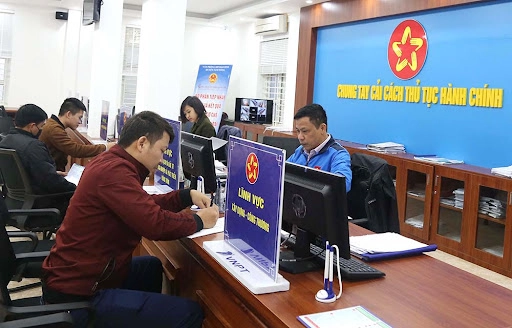
Promoting digital transformation helps reduce processing time by 70-80%.
Tests show that processing time can be reduced by 70-80%, while document quality and consistency are significantly improved. At the system level, GenAI can take on the role of a data analytics center: Reading, classifying, and routing text; synthesizing and analyzing data from multiple sources, supporting leaders in making quick and evidence-based decisions. Government agencies move from a passive processing model to a proactive operating model based on real-time data.
A core point of Plan 02 is to ensure the principle of applying technology for the purpose of improving service quality, not replacing people. When supported by automation tools and smart analysis, officials and civil servants have the conditions to focus more on work that requires expertise, creativity and interaction with the people.
The application of AI also contributes to increasing transparency, consistency and reducing dependence on manual processes. This is a necessary step towards the advanced stage of the Digital Government model of Artificial Intelligence Government, where data, technology and people work together to create a streamlined and efficient administrative apparatus.
When GenAI becomes a popular support tool and each civil servant is equipped with a "digital assistant", the operating model of state agencies will shift from manual processing to data-based processing and intelligent automation. Work processing time is shortened, errors are reduced, information synthesis and analysis become more accurate and consistent. More importantly, the quality of service to people and businesses is improved thanks to the ability to respond quickly, transparently and based on digital evidence. Technology therefore not only improves productivity but also raises public administration standards.
In that context, Plan 02-KH/BCĐTW does not stop at the role of a technical document, but becomes a strategic orientation for the process of restructuring the working methods of the administrative apparatus. Clearly identifying data and artificial intelligence as the pillars of governance shows a strong commitment to innovation in state governance. This plan creates a foundation for applying AI in a controlled, targeted and practical way, towards building a streamlined apparatus, operating based on data and operating according to the standards of a modern digital government.
Source: https://mst.gov.vn/ke-hoach-02-kh-bcdtw-nen-tang-dua-genai-va-tro-ly-ao-vao-cai-cach-bo-may-hanh-chinh-197251115113331852.htm


![[Photo] Prime Minister Pham Minh Chinh meets with representatives of outstanding teachers](https://vphoto.vietnam.vn/thumb/1200x675/vietnam/resource/IMAGE/2025/11/15/1763215934276_dsc-0578-jpg.webp)




![[Photo] General Secretary To Lam receives Vice President of Luxshare-ICT Group (China)](https://vphoto.vietnam.vn/thumb/1200x675/vietnam/resource/IMAGE/2025/11/15/1763211137119_a1-bnd-7809-8939-jpg.webp)





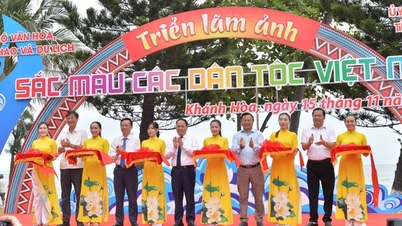






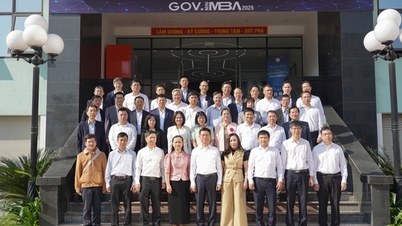

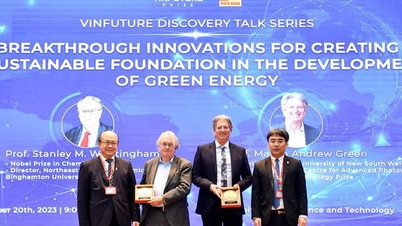













































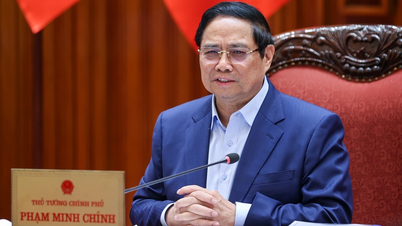




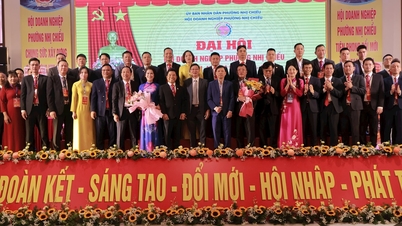


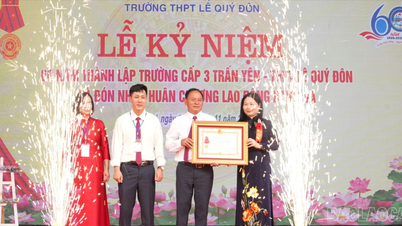

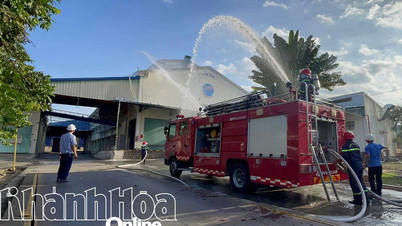

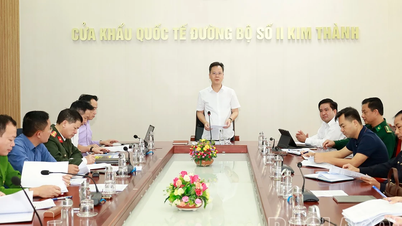












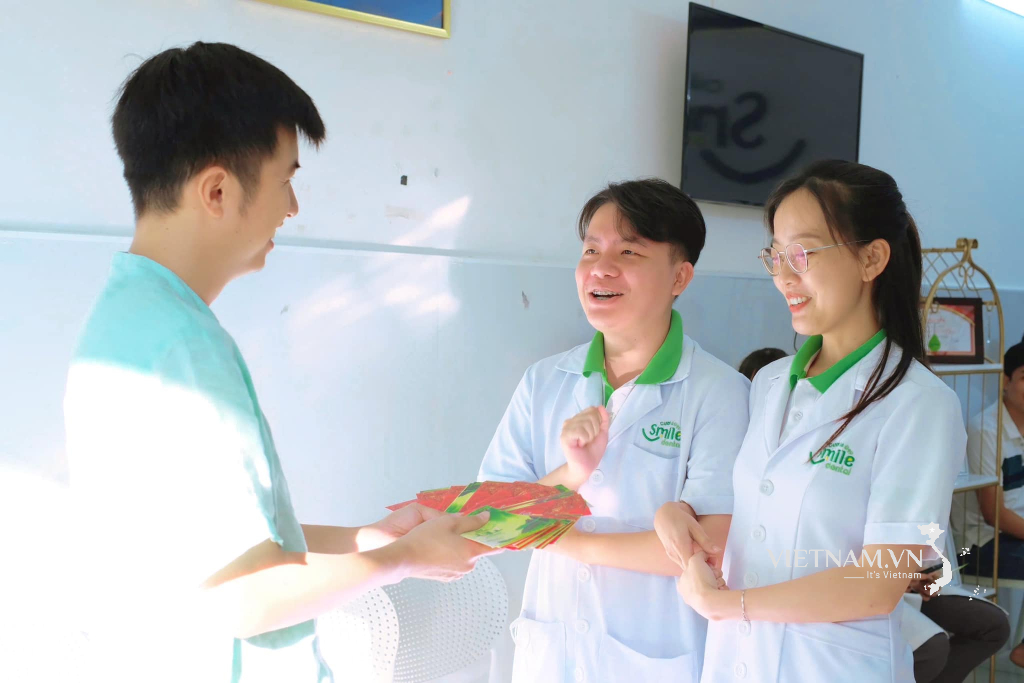
Comment (0)